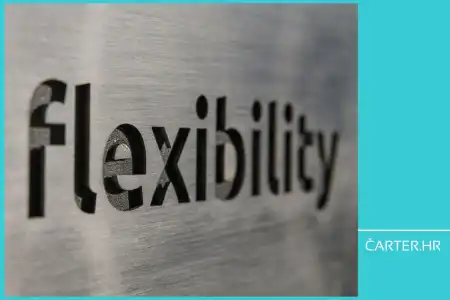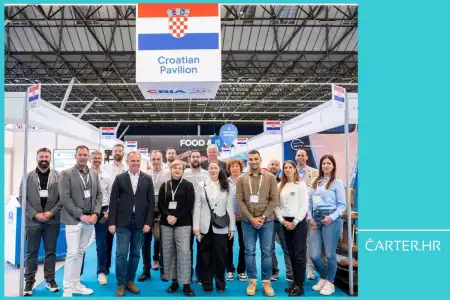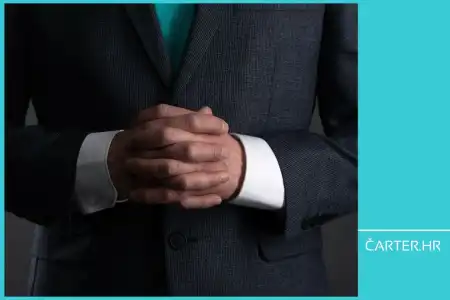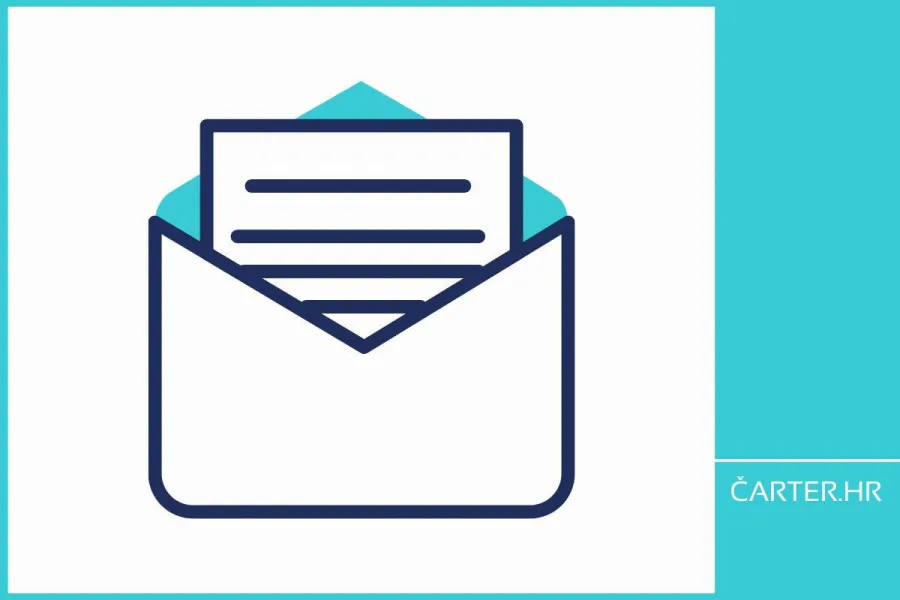
The newsletter is one of the most overlooked tools in the yacht charter industry. And precisely because of that, it hides enormous potential. Most companies have contacts of their guests and partners, but few use them strategically and long-term. Find out what a newsletter can mean for yacht charters, which mistakes are most common, and what a newsletter that turns into a booking looks like.
If there is one marketing channel that the yacht charter industry regularly neglects, it is the newsletter.
Many yacht charter companies have contact lists of their guests, but few use them regularly, long-term, or at all.
Find out what works and what doesn’t when it comes to newsletters, with real-life examples and tips that can help you get more out of this channel.
What makes a good newsletter in the yacht charter industry?
Now that you have learned how to use a newsletter (so that your guests don’t forget you) and seen how a quality message can turn an “ordinary” guest into a loyal one - let’s clarify what makes a newsletter truly good.
A good newsletter doesn’t have to be long, but it must have a goal and a purpose. If it is sent just for the sake of sending something, without a clear goal or useful information for the recipient, the result will be a low open rate and an even lower number of clicks.
In the yacht charter industry, a newsletter is useful when it:
- announces important dates such as discounts, early booking, boat shows, or new yachts
- contains relevant information for your partners (e.g. cooperation terms, availability, new bases)
- informs agents and intermediaries about benefits for their clients
- reminds boat owners about regular services, repairs, etc.
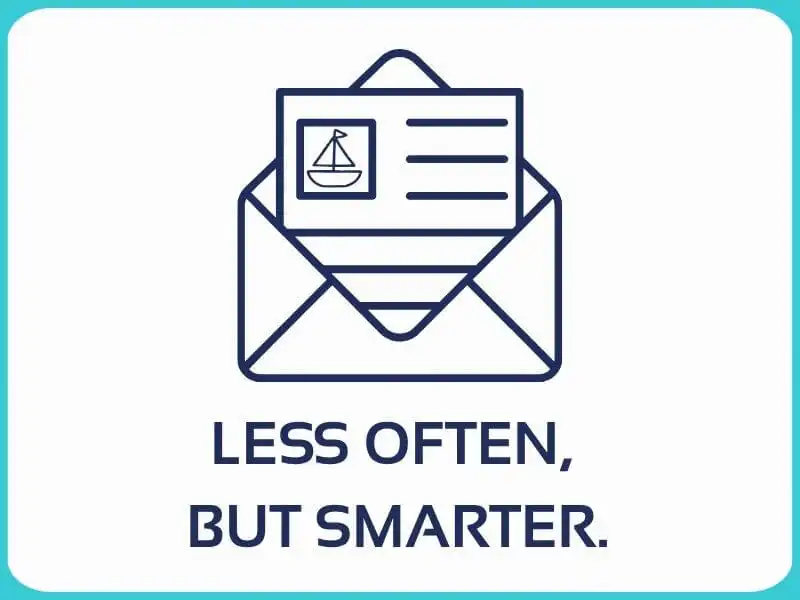
How often should you send a newsletter? Less often, but smarter.
It is not necessary to send a newsletter so often. For most yacht charter companies, once or twice a month is enough, maybe more if needed.
A newsletter is not “one for all.” What matters is that each message has a clearly defined audience and content:
- A newsletter with the subject “What’s available last-minute” can be sent every Monday in July and August.
- During winter (yes, you should send newsletters then too), the content and recipients must be clearly separated by topic.
- Agents and intermediaries can receive a season summary, boat show announcements, and information about planned fleets or terms for the next season.
- Boat owners find reminders useful about deadlines for winter service, equipment upgrade options, or promotional offers for long-term cooperation.
- Companies that cooperate with yacht charters in preparing yachts for the season (marinas, suppliers, services, and technicians) should receive newsletters with practical information about agreements, deadlines, base availability, upcoming dates, training, or changes in base organization.
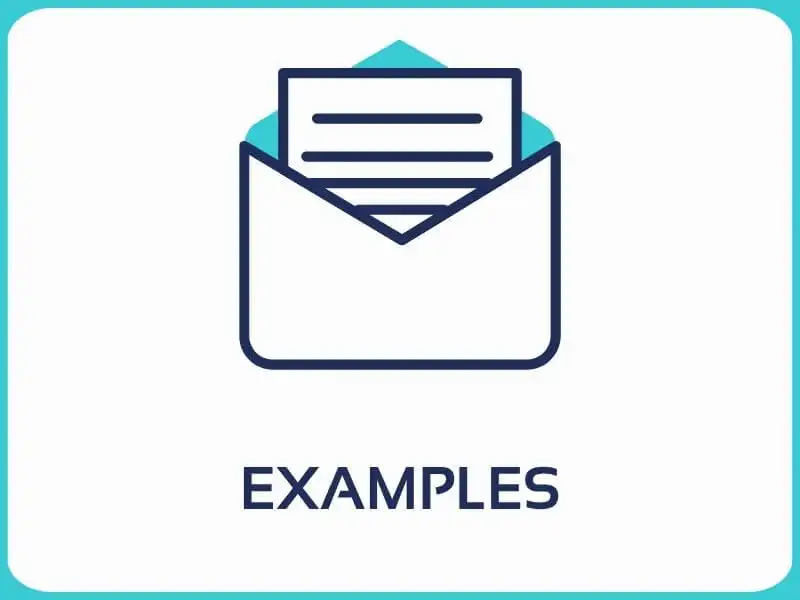
Examples of topics that really work
When we talk about newsletters that actually do their job (people open them, click on them, book, reply, read your articles, etc), rely on experience - what would you want to read if you were a guest/agent/owner/partner?
Our experience shows that the subject line of the newsletter plays a major role.
A well-formulated subject line often determines whether the recipient will open the message at all.
In the yacht charter industry, especially in B2B communication, the audience doesn’t have time for empty stories. That’s why the best subject lines are those that clearly state what can be expected from the content.
Proven subject lines that regularly achieve above-average open rates include, for example:
- Top 5 catamarans available for August
- Faster booking without unnecessary emails
- Biograd Boat Show begins: here’s where to find us
- 3 reasons why boat owners love working with us
What these subject lines have in common is that they are specific, talk about something current, and address a clearly defined audience.
The subject line “Top 5 catamarans” immediately tells the user what they’ll see if they click.
“Faster booking” targets exactly those the message is meant for and solves a specific problem for them.
Subject lines with a time limit also perform very well because they create a sense of urgency. These kinds of subject lines call for quick action and clearly indicate that something might be lost if there is no timely reaction, such as:
- Only this week…
- Partner discount…
- Free early check-in…
Subject lines like “News from the base” or “July newsletter” sound generic and won’t prompt anyone to open them.
They offer nothing specific, communicate no value, and come across as if they were sent just for the sake of it. No one will open such a newsletter - or they will open it just to unsubscribe.
A good newsletter subject line doesn’t need to be sensational or overly clever, but it must immediately make clear why someone should open it.
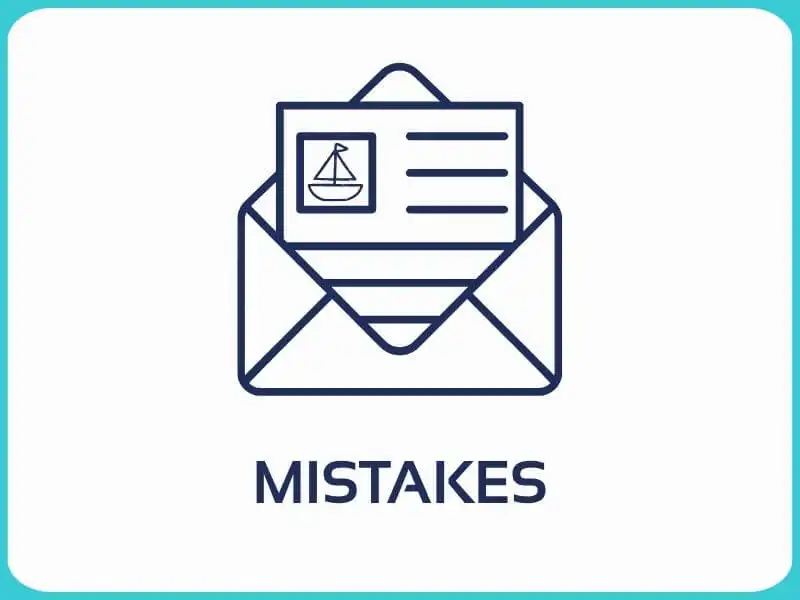
Mistakes that are often repeated
A newsletter is not “just” an email. If you set it up well and send it regularly, you have a reliable tool with which you will gain the trust of your potential guests as well as partners.
Still, people make mistakes, here are the common ones:
1. Too much information in one newsletter
Mistake: the newsletter looks like a catalog, full of data, photos, and links.
Solution: focus on one main topic and at most two secondary ones. If you have more content, spread it out through several newsletters instead.
Example: dedicate one newsletter to “Top 5 catamarans for August,” and another to “Special conditions for early booking.”
2. No clear call to action
Mistake: the text is written, but nowhere does it say what the reader should do.
Solution: every newsletter must have a visible and clear CTA (call-to-action). Without a call to action, the newsletter is just an ordinary email, and that is not enough.
Example: add a CTA button “Book now,” “Download price list,” “Schedule a meeting at the boat show.”
3. Copying the website into the newsletter
Mistake: you transfer entire paragraphs and images from the website so the newsletter looks like a duplicate of the web.
Solution: the newsletter should be a filter, not a copy. It should spark interest and direct the reader to the website for additional details.
Example: a short introduction “3 catamarans available in September,” a photo of one yacht, and a button “See all available.” The link leads to a page with the full offer (not all available vessels, but exclusively free catamarans).
4. Neglecting mobile users
Mistake: the newsletter is optimized only for desktop display.
Solution: test every newsletter on mobile before sending. Most email/newsletter openings come from mobile devices, and this fact should not be ignored.
Example: use simple blocks, a font large enough, and CTA buttons easy to click with a finger.
5. The same content for all recipients
Mistake: agents, owners, and services receive identical newsletters.
Solution: segment your database. One newsletter = one target group.
Example: send agents news about availability and terms, owners reminders for services and season reports, marina partners agreements on dates and schedules.
6. Overuse of stock photos
Mistake: you use generic photos that have nothing to do with your yachts or crew.
Solution: use authentic photos of your own fleet, crew, and base. This builds trust and creates an impression of professionalism.
Example: you can use stock photos, but never as the main images. You can use them as additions and in a style similar to your own photos.
7. Sending at the wrong time
Mistake: the newsletter arrives on Friday evening or Sunday when no one opens it.
Solution: test the sending time and track statistics.
Example: for yacht charter B2B, mornings during the work week work best, while for B2C audiences, afternoons or early evenings are more effective.
What does a newsletter that does its job look like?
Successful newsletters have:
- a clear subject line that sparks curiosity or promises value
- a short introduction that leads to the main message
- visual focus on 1 to 2 images that help the reader understand the offer without scrolling
- a CTA (call to action) in the form of a button or clearly highlighted link
- mobile optimization - reading on mobile accounts for 60% of openings in the yacht charter industry
Example structure:
Subject: "Last minutes for August - 3 catamarans still available!"
Introduction: "If you have a guest looking for last-minute luxury, we’ve got something to offer."
Visual: Image of a catamaran with basic info
Button: "See details and send an inquiry"
Additional: If you have more data about the recipient, you can add recommendations based on location, type of yacht, or habits from previous bookings.
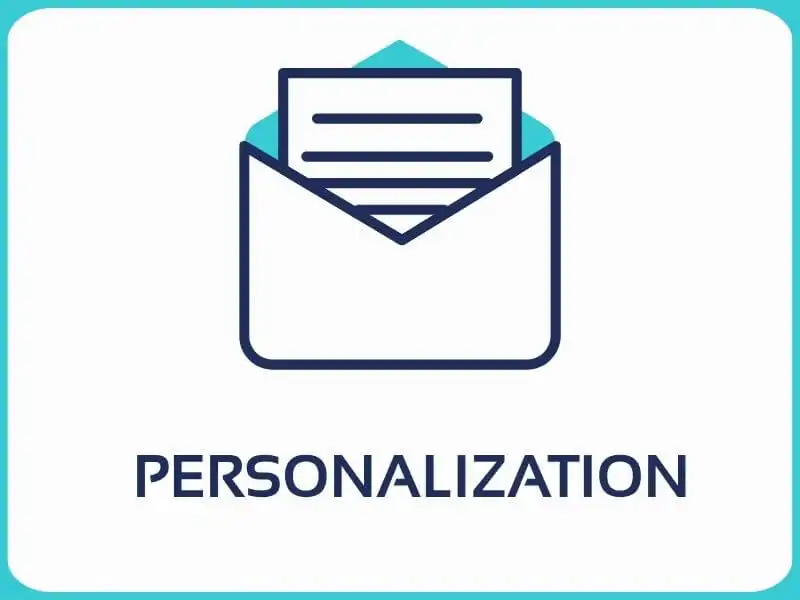
Personalization is not just a name in the subject line
A newsletter that “knows” who is receiving it has a much greater chance of success - meaning being opened and clicked. That doesn’t mean just inserting a name into the subject line.
If the recipient is an agent selling luxury yachts, they should receive information relevant to that profile. If it's a yacht owner, they’re interested in a different kind of information.
Segmenting the list is essential.
Newsletters are most commonly segmented by type of cooperation, e.g. agents, yacht owners, services, and companies connected with nautical activities…
Advanced segmentation also includes behavior: who opens, who clicks, who replies. Based on that data, automated follow-up emails can be sent.
Track, measure, and improve
Without analytics, there’s no point in sending newsletters. You need to track:
- open rate
- clicks on links (CTR)
- number of replies or inquiries
If you see that the newsletter announcing a boat show has a 40% open rate, and the one titled “news from the base” only 12%, it’s clear what users find interesting.
Testing subject lines, sending times, and content length can dramatically improve results.
Tip: don’t test more than one thing at a time. Otherwise, you won’t know what caused the change.
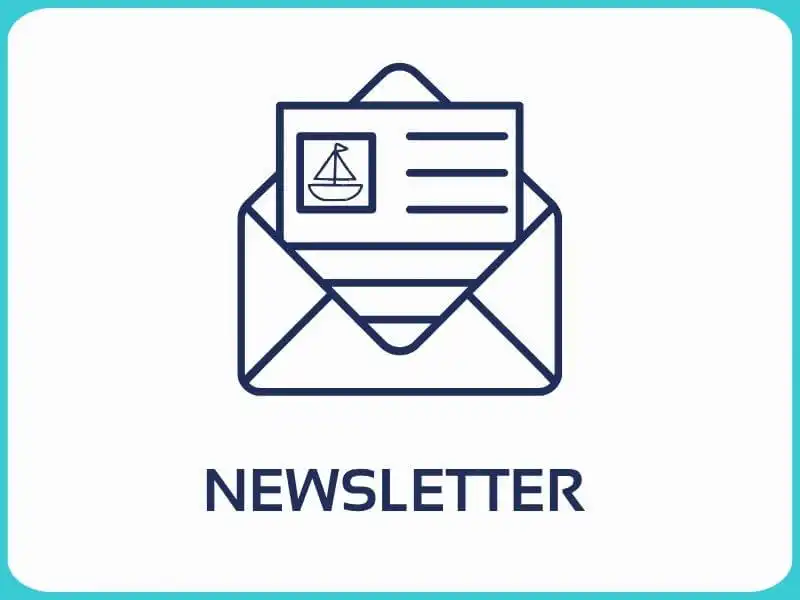
A newsletter only makes sense if it has a purpose
A newsletter is not an end in itself.
It must bring value to the recipient and have a clearly defined goal for the sender.
When used wisely, it can speed up the sales process, strengthen relationships with agents, encourage owners to renew cooperation, and position the yacht charter company as a reliable partner.
If a newsletter isn’t performing well, it’s not because the channel doesn’t work - but because it hasn’t been used properly.
A good example is the difference between a newsletter that sends a guest a “list of yachts” without context and one that offers “3 yachts that match their needs.”
A newsletter also earns trust. And trust isn’t built by sending the same message to everyone, but by sending a smart message, at the right time.
Our čarter.hr platform regularly works on education and support for yacht charter companies in all stages of digital marketing, including newsletter strategy advice.
If you’re not sure where to start or want to improve your existing newsletters, we can help.
Contact us so we can shape messages together that your partners, agents, and guests will truly want to open.
And if you want to see what a newsletter that yacht charters actually open looks like - while also getting useful updates from the industry - subscribe to our regular newsletter.
Categories of trends
- News
- Sale
- Marketing
- SEO
- Web design
- Social media
- Technology
- Regulations
- Management
- Education
- Finances
- User experience
Newsletter
Sign up for the newsletter and receive the latest trends and tips straight to your inbox



